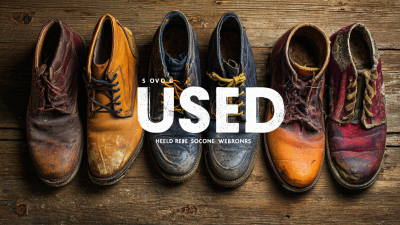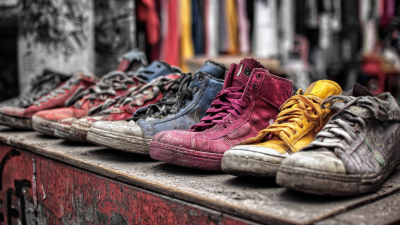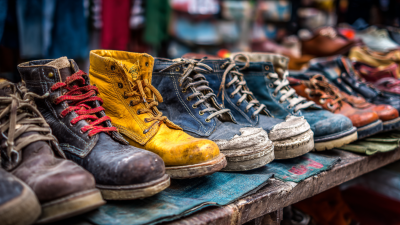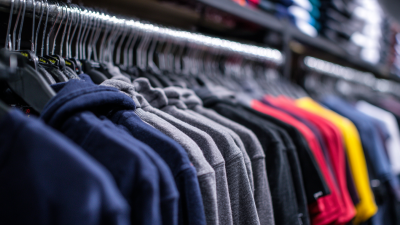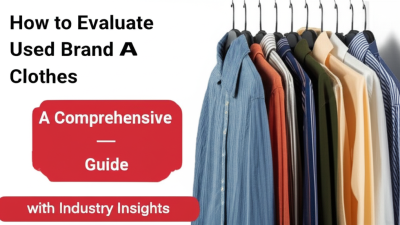Leave Your Message
When it comes to purchasing used brand shoes, discerning genuine quality can be a challenging yet rewarding endeavor. As the market for pre-owned footwear continues to grow, so does the importance of understanding how to navigate this landscape effectively. Many enthusiasts seek out used brand shoes not only for their unique styles and potential cost savings but also for the environmental benefits of opting for secondhand items. However, the risk of encountering counterfeit or subpar products remains a significant concern. This guide aims to equip you with essential tips and insights to identify authentic used brand shoes, helping you make informed purchasing decisions that align with your fashion sense and sustainability goals. Whether you’re a seasoned collector or a first-time buyer, knowing what to look for can transform your shopping experience and ensure that you invest in quality pieces that stand the test of time.
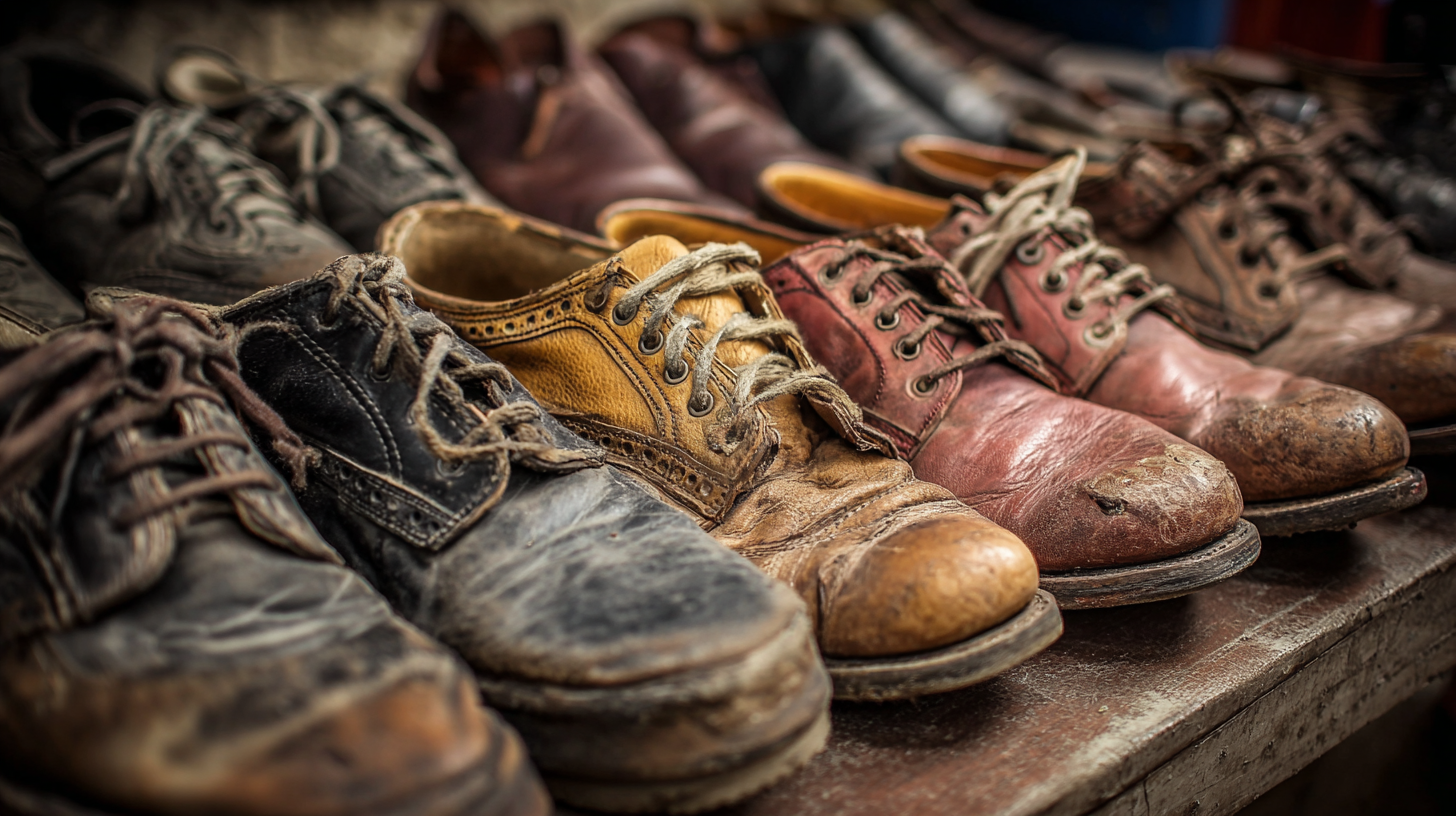
When it comes to buying used brand shoes, identifying authentic materials is crucial for ensuring you’re investing in quality. With counterfeit goods becoming increasingly sophisticated, knowing how to spot genuine craftsmanship can save you from potential disappointments. Authentic shoes often feature high-quality materials such as genuine leather, premium suede, or performance fabrics. Pay attention to the texture and feel; authentic materials should feel good to the touch and have a certain weight and density compared to cheaper alternatives.
**Tips:** One way to verify authenticity is by examining the stitching. Genuine products usually have consistent, tight stitching, while fakes may have uneven or messy seams. Additionally, check for any logos or brand markings. In many cases, the details will be subtler in high-quality shoes, requiring a discerning eye. Finally, utilize technology to your advantage; there are innovative apps that deploy AI to help recognize real versus counterfeit shoes based on various factors, ensuring you make informed buying decisions in an online space fraught with potential fakes.
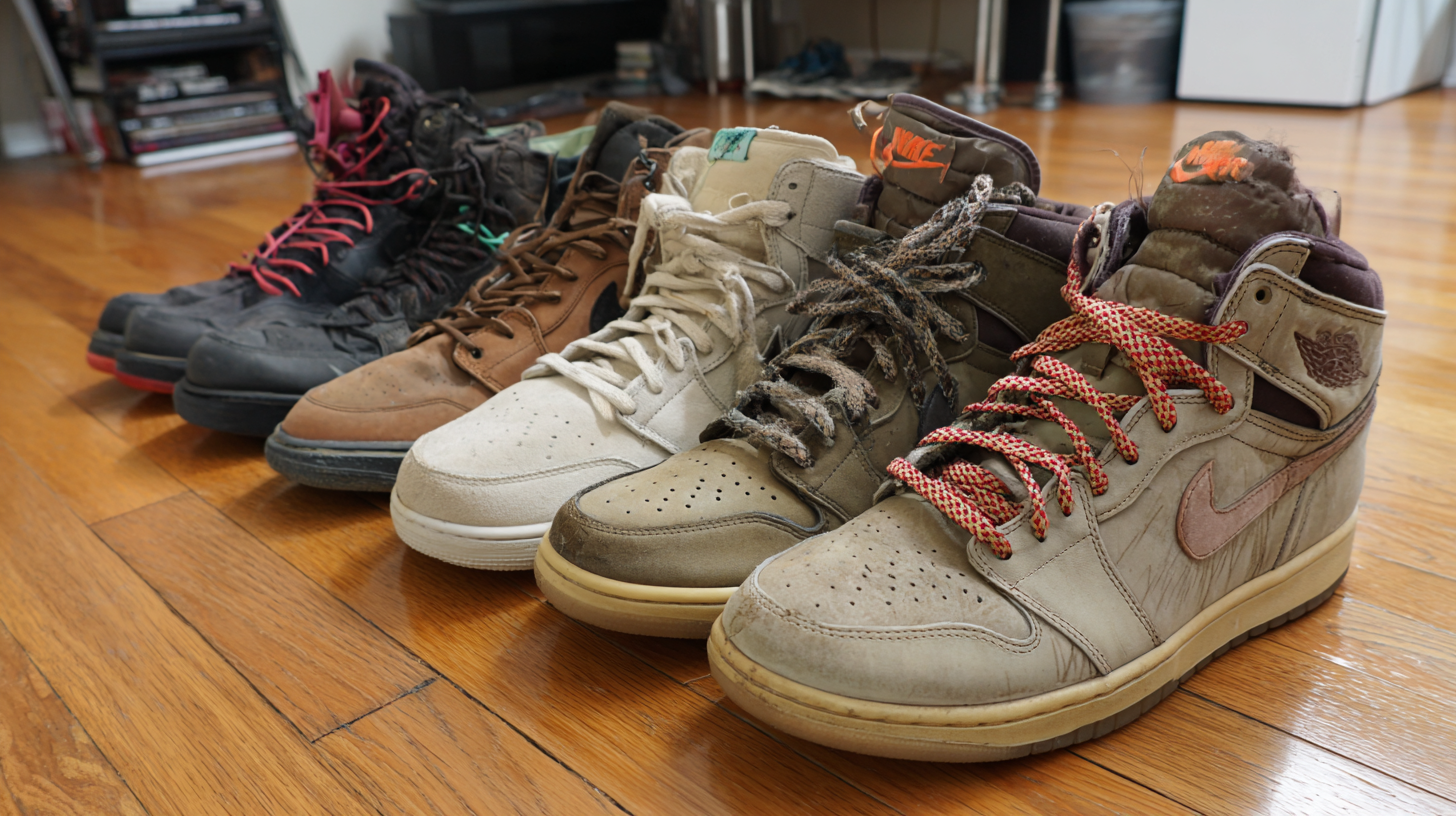 When examining craftsmanship in used brand shoes, attention to detail is paramount. One of the first indicators of quality is the stitching. High-quality shoes often feature tight, uniform stitching without loose threads. Inspect the seams; if they’re reinforced or double-stitched, this is a sign of durability and care in construction. Additionally, look for the use of quality threads which should not fray easily.
When examining craftsmanship in used brand shoes, attention to detail is paramount. One of the first indicators of quality is the stitching. High-quality shoes often feature tight, uniform stitching without loose threads. Inspect the seams; if they’re reinforced or double-stitched, this is a sign of durability and care in construction. Additionally, look for the use of quality threads which should not fray easily.
Another vital aspect is the materials used in the shoe’s construction. Genuine leather, for instance, often develops a rich patina over time, enhancing its appeal. If the shoes are made from synthetic materials, check for any signs of wear or degradation, as inferior materials can break down quickly. Also, evaluate the soles; a well-constructed sole will provide firm support and flexibility, indicating that the shoe is designed for longevity. These indicators not only enhance the shoe’s aesthetic but also suggest a commitment to craftsmanship that you want in a quality pair of footwear.
When examining the authenticity of used brand shoes, understanding brand-specific features is crucial. Many counterfeit products are designed to mimic the look of genuine articles, making it challenging for buyers to spot fakes. For instance, examining stitching quality, logo accuracy, and materials used can reveal a lot about the shoe's authenticity. A 2023 report estimated the luxury goods market, including footwear, to be valued at $580 billion globally, highlighting the significant economic impact and consumer interest in genuine products.
**Tips**: Always check the brand's official website for specifications on features typical of their products. Look out for inconsistencies in labels, such as misspellings or unusual logos, which can be a sign of counterfeit items. Engaging with online communities and forums dedicated to specific brands can also provide insights and expert opinions that are valuable when verifying authenticity.
Furthermore, as reported, the rise of counterfeit goods not only affects consumer trust but also contributes to a broader economic issue. The luxury market is projected to grow at a rate of 4.96% from 2024 to 2031, emphasizing the importance of maintaining integrity within the industry. The proliferation of counterfeit products can harm brand reputation and reduce consumer confidence, making education on spotting genuine items more vital than ever.
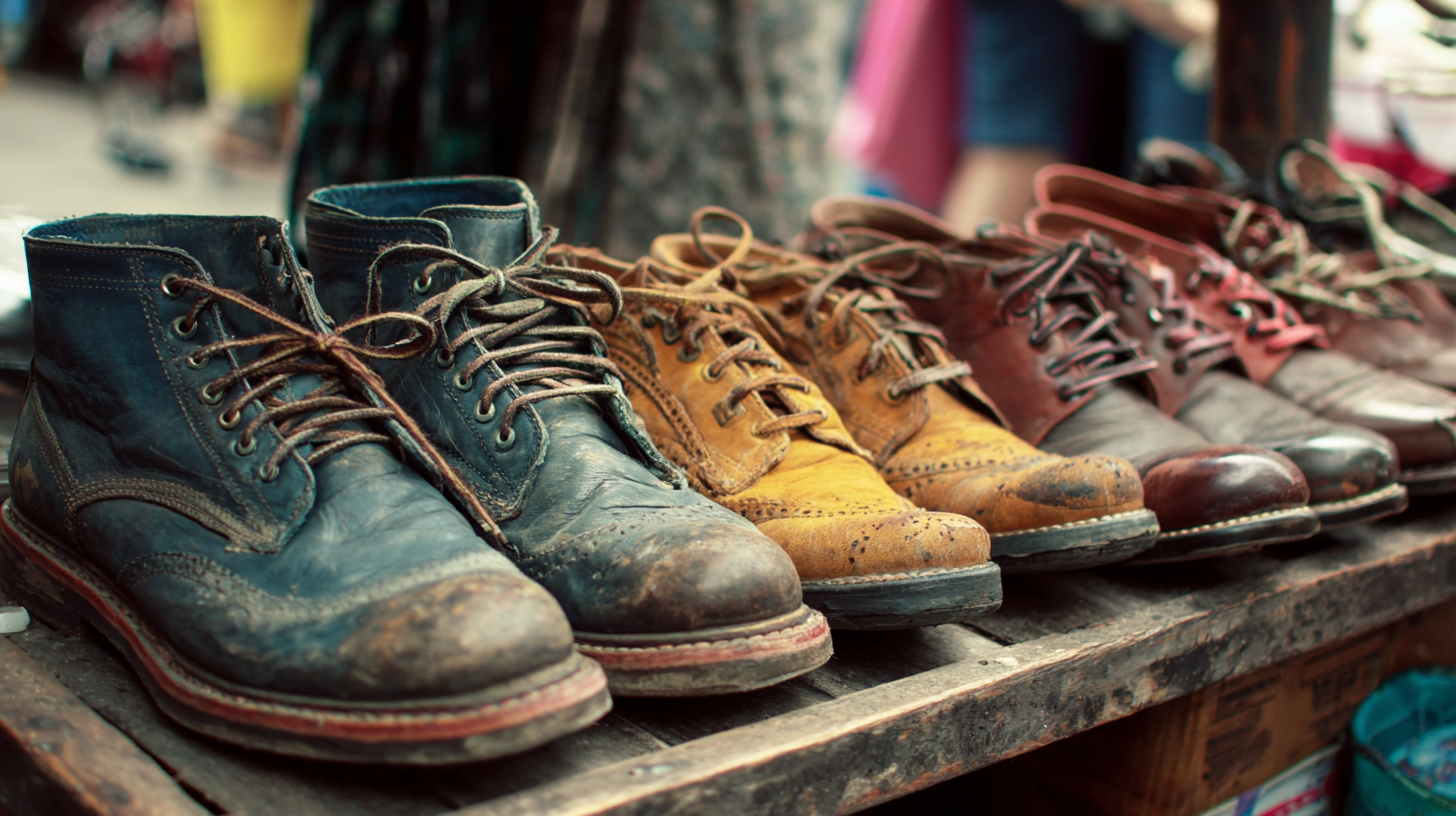
When purchasing used brand shoes, understanding the importance of proper sizing is crucial not only for comfort but also for the longevity of the footwear. According to a report from the American Orthopaedic Foot & Ankle Society, as much as 70% of adults wear shoes that are the wrong size, leading to an increased risk of foot problems such as bunions, hammer toes, and plantar fasciitis. This emphasizes the need to ensure that pre-owned shoes not only fit well but also support proper foot alignment.
Moreover, the FitFluential report states that properly fitting shoes can enhance performance and reduce the risk of injury by 30%. This statistic is particularly relevant when considering used shoes, as previous wear can alter the footwear's structure and support. Therefore, buyers should meticulously assess sizing, looking for any signs of wear that may compromise fit. Ensuring that the shoes fit correctly can mean the difference between a stylish investment and an uncomfortable purchase that quickly becomes redundant.
When diving into the world of used brand shoes, one of the most crucial steps is to research retail prices to avoid falling into the trap of overpriced items. According to a report by Statista, the resale market for footwear is expected to reach a staggering $6 billion by 2025, indicating that consumers are increasingly turning to secondhand options. However, this surge in popularity means that some sellers may take advantage of the trend, marking up prices significantly above their retail value.
To effectively spot overpriced used shoes, begin by checking the current retail prices of the specific model you are interested in. Websites like StockX and GOAT provide valuable insights into the resale value of various sneaker models, making it easier to identify fair pricing. For instance, if a particular sneaker is still readily available in the market for $150 new, and you find a used pair listed for $200, this should raise a red flag. Furthermore, research sales history and average listing prices to gauge what consumers are actually willing to pay. Knowledge is power, and being equipped with this information enhances your ability to negotiate and ensures you invest wisely in genuine quality.

